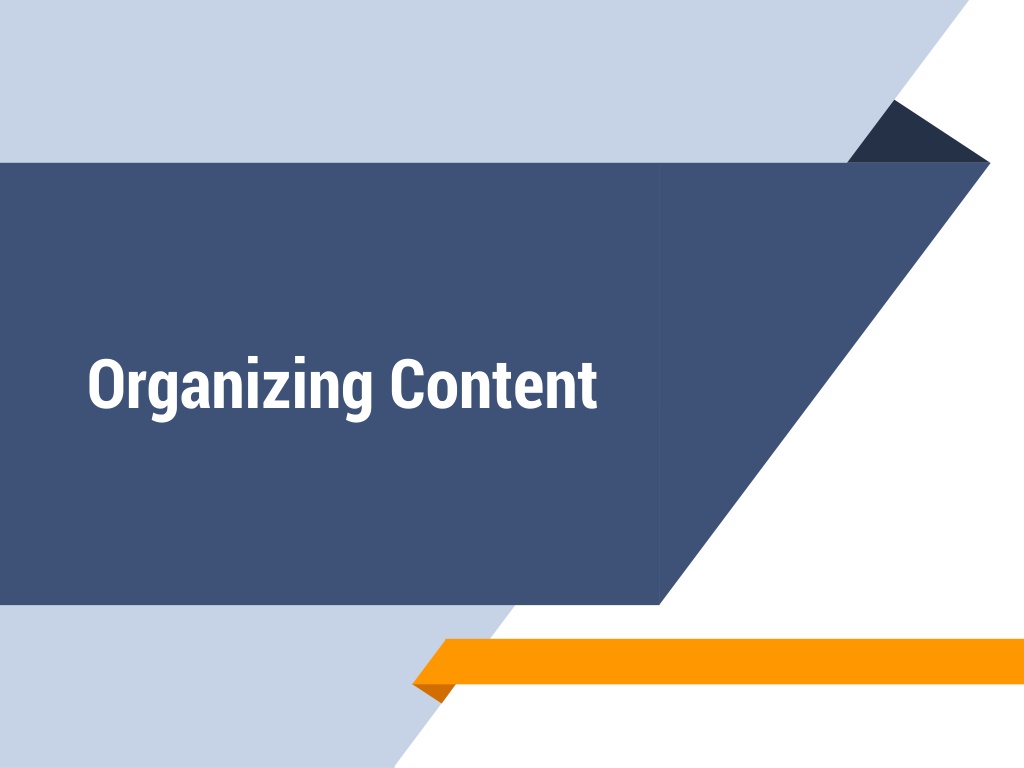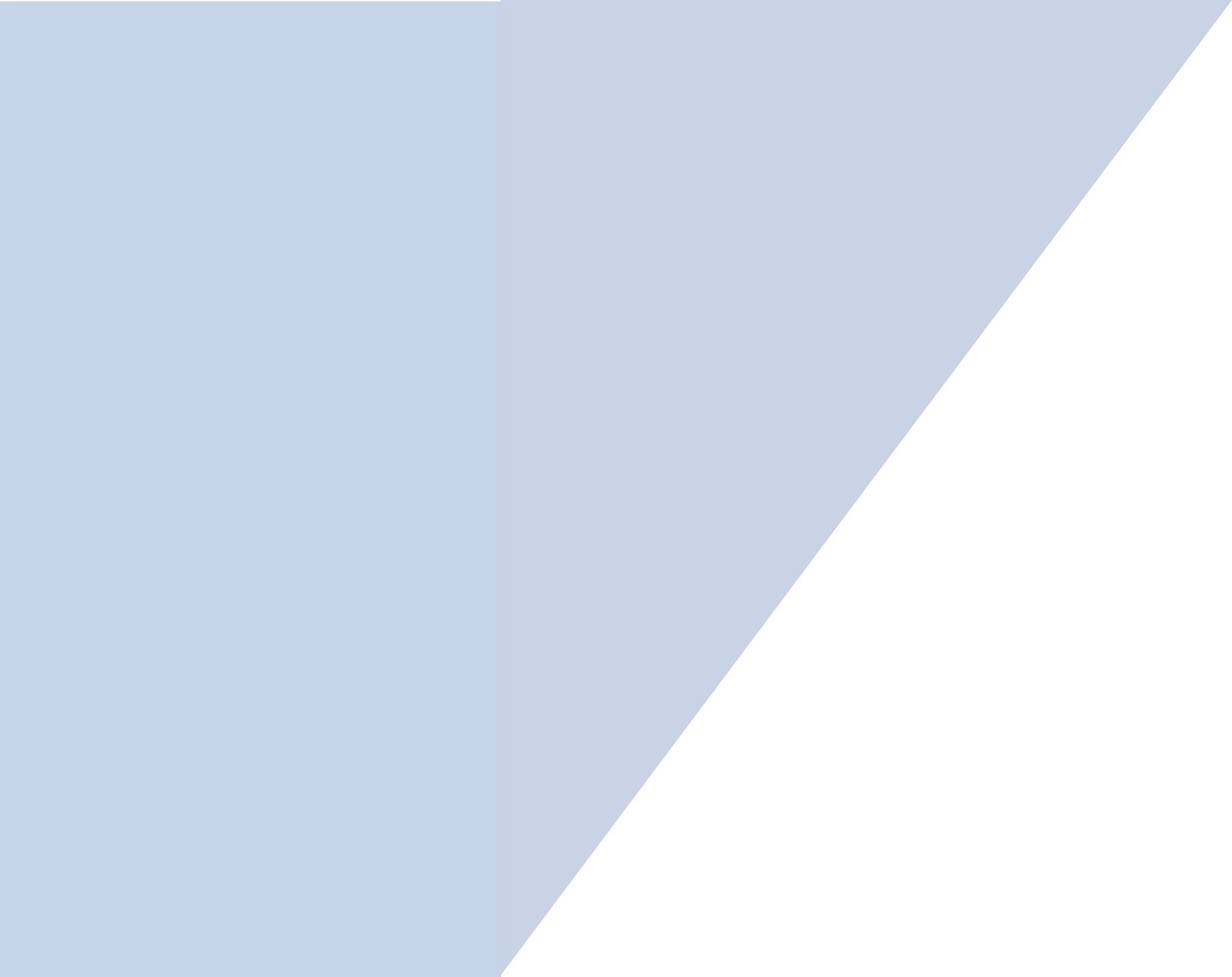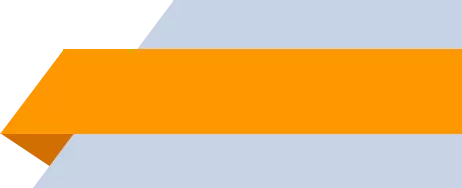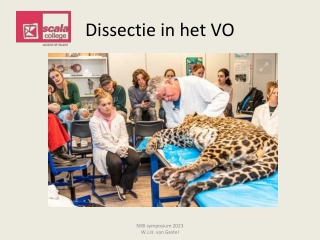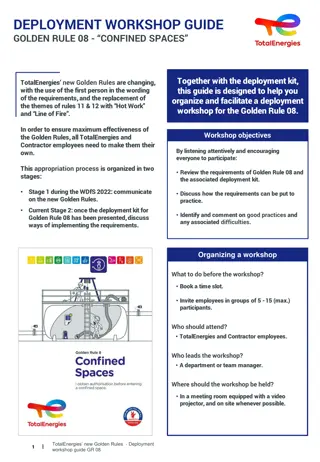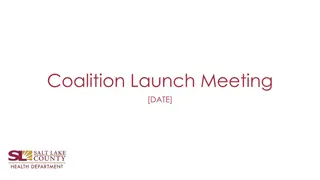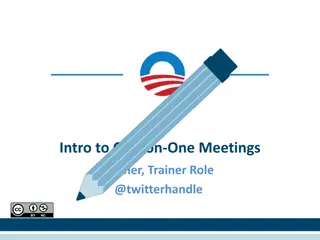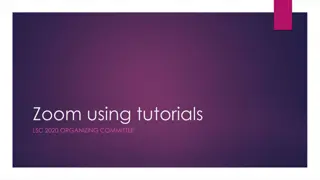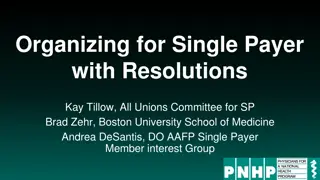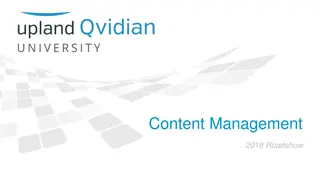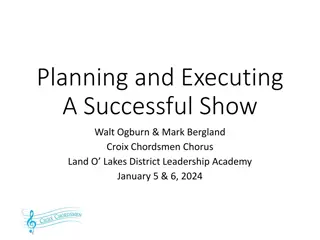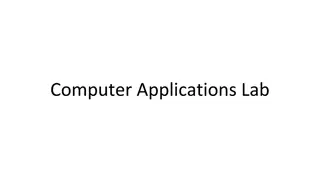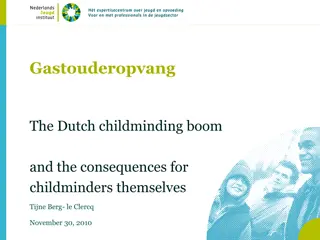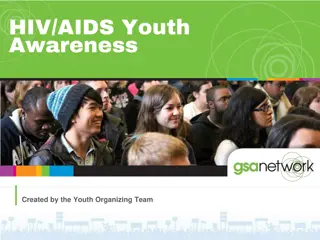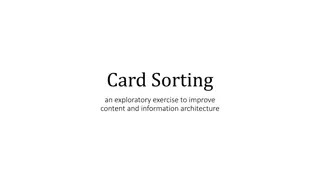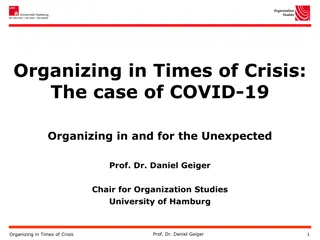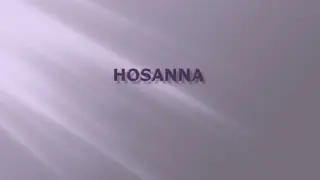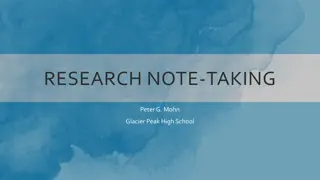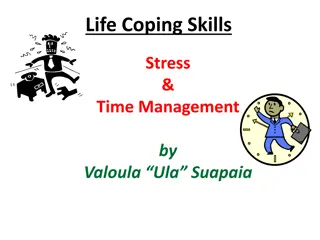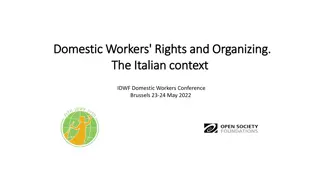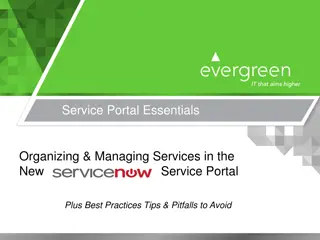Organizing Content
Create a context for organizing content and skills in curricula. Analyze content in terms of factual, conceptual, procedural, and metacognitive knowledge. Explore the core competencies and standards of curriculum development.
Download Presentation

Please find below an Image/Link to download the presentation.
The content on the website is provided AS IS for your information and personal use only. It may not be sold, licensed, or shared on other websites without obtaining consent from the author. Download presentation by click this link. If you encounter any issues during the download, it is possible that the publisher has removed the file from their server.
E N D
Presentation Transcript
Week Learning Outcome How content and skills are organized in curricula Create a context for effective students learning Principles of organizing content and skills How to analyze content in terms of factual, conceptual, procedural and metacognitive knowledge 2
Unit Vocabulary Curriculum Curriculum a school's master plan for selecting content and organizing learning experiences for the purpose of changing and developing learners' behaviors and insights Vision Vision - Imagination of what could be accomplished or is possible at some future time Objective Objective A statement describing aims in specific, measurable, attainable, realistic, and timed ways Instruction Instruction teaching, education, training; direction, guidance.The act of instructing, teaching, or furnishing with knowledge; information Literate Literate - able to read and write; having literacy Bit Bit a small amount of something 3
Unit Vocabulary Conceptual Conceptual A construct of thought resulting from how we sense, value, and organize both external and internal events. Thought 4
Scholl Curriculum p.24-26 Curriculum as a Set of core competencies and standards Set of core competencies and standards Standards are never easily agreed upon and under constant scrutiny and revision Standards help define Standards help define The vision of education The vision of education The goals of teaching The goals of teaching The purposes of instruction The purposes of instruction These different level of specificity have been called global, educational, and instructional objectives educational, and instructional objectives global, 5
Objectives Global objectives Global objectives are the broadest of the types, those that society holds as its vision of education for all students that children will become literate, be responsible citizens, understand major scientific become literate, be responsible citizens, understand major scientific principles principles Educational objectives Educational objectives are stated at a narrower level, often forming the curriculum of a state or school system that students will be able to interpret information presented in a variety of students will be able to interpret information presented in a variety of forms, forms, that they will be able to draw logical conclusions from data, that they will be able to draw logical conclusions from data, that they will understand the role of hypotheses in the sciences that they will understand the role of hypotheses in the sciences children will 6
Instructional Objectives Instructional objectives Instructional objectives are the narrowest of the types, those that are the basis of daily lesson plans These are the most important for classroom teacher on a day to- day basis because they specify what the students will know, understand, and be able to do at the end of the day understand, and be able to do at the end of the day what the students will know, 7
Standards Instructional standards Instructional standards help teachers plan and choose appropriate instructional models instructional models for the presentation of content Standards determine the information and skills the information and skills that are taught Spillane Spillane offers this definition: standards define what students should know should know and be able to do be able to do in core subjects at critical points in their formal schooling Standards outline the knowledge and skills that must be taught at the knowledge and skills that must be taught at different grade levels different grade levels It is up to teacher, on a day- to - day or week- to- week basis , determine more immediate and teachable educational standards plan and choose appropriate 8
Standards, along with increased knowledge concerning how people learn required people to look at instruction differently Schools and classrooms must be tailored to the needs of students through acknowledgement of students as learners Teachers make decision about how the standards and content need to be taught, and how information and skills will be communicated, demonstrated, and evaluated demonstrated, and evaluated learners be communicated, 9
Analyzing Content p.26-29 The various skills and bits of knowledge in a content area are not equal According to Anderson and Krathwohl that there are different levels of knowledge, knowledge, we can divide most of the content presented in the classroom into four categories: Factual Knowledge Factual Knowledge Conceptual Knowledge Conceptual Knowledge Procedural Knowledge Procedural Knowledge Metacognitive Knowledge Metacognitive Knowledge different levels of 10
Factual knowledge Facts are discrete bits of information that provide building blocks for concepts and generalizations At a more general level, facts have been defined as the basic elements students must know to be acquainted with a discipline or solve problems in it As Anderson and Krathwohl describe it, factual knowledge encompasses knowledge of terminology and knowledge of specific knowledge of terminology and knowledge of specific details and elements details and elements Discrete Discrete - - distinct, separated, distinguished factual knowledge 11
Conceptual Knowledge Facts serve as the foundation higher level-thinking Concepts Concepts are the names given to the categories the names given to the categories formed as a result of classifying factual data Imagine the cognitive overload if all things in the world were seen as separate and unrelated entities. To form concepts, learners pay attention to likenesses, ignore differences, and place similar objects in the same category differences, and place similar objects in the same category Anderson and Krathwohl defined conceptual; knowledge as the interrelationships among the basic elements within a larger structure that enable them to function together foundation for concepts and generalizations for to likenesses, ignore 12
Procedural Knowledge Skills and strategies fall into categories of knowledge that knowledge how how, and knowledge when Anderson and Krathwohl define procedural knowledge as knowledge of how to do something, methods of inquiry, and criteria for using of how to do something, methods of inquiry, and criteria for using skills, algorithms, techniques, and methods . skills, algorithms, techniques, and methods . Inquiry Inquiry Search for truth, information, or knowledge; examination of facts or principles; research; An inquiry is a question which you ask in order to get some information that, when 13
